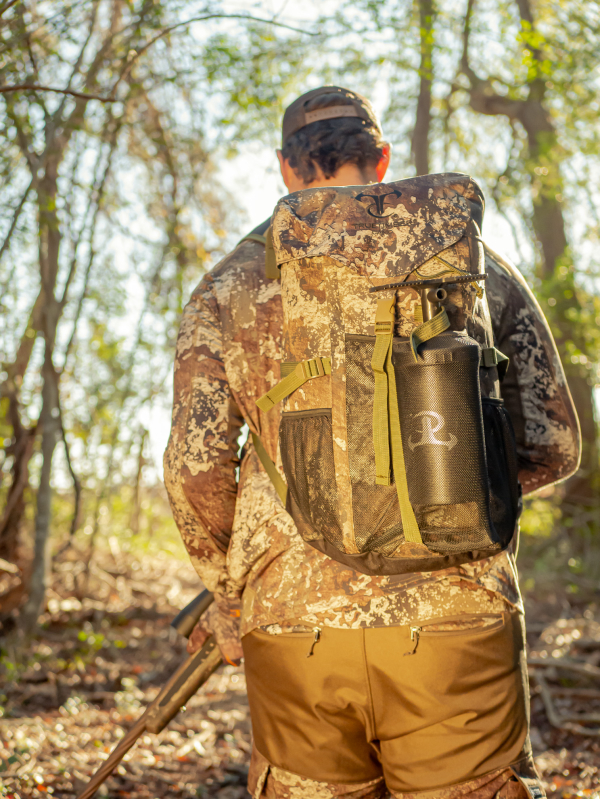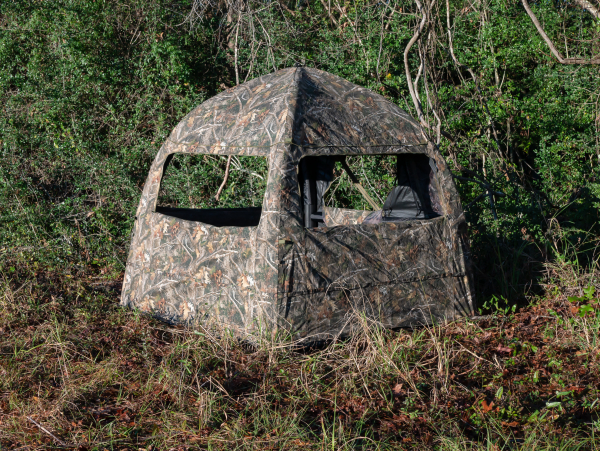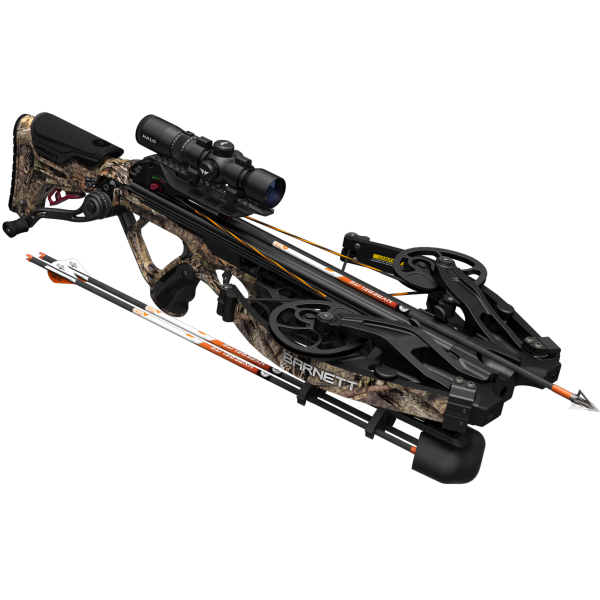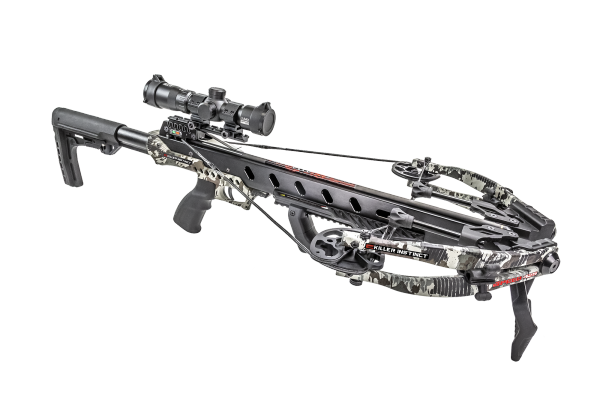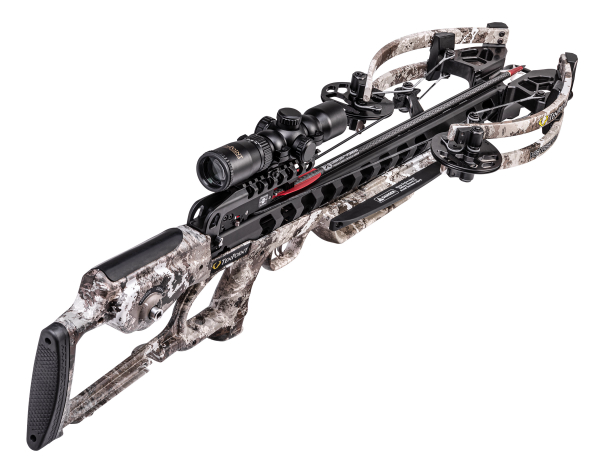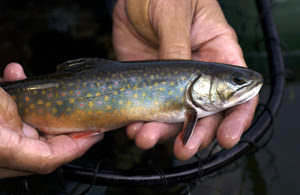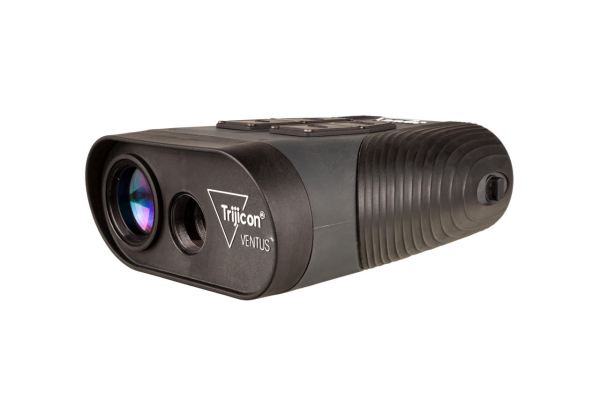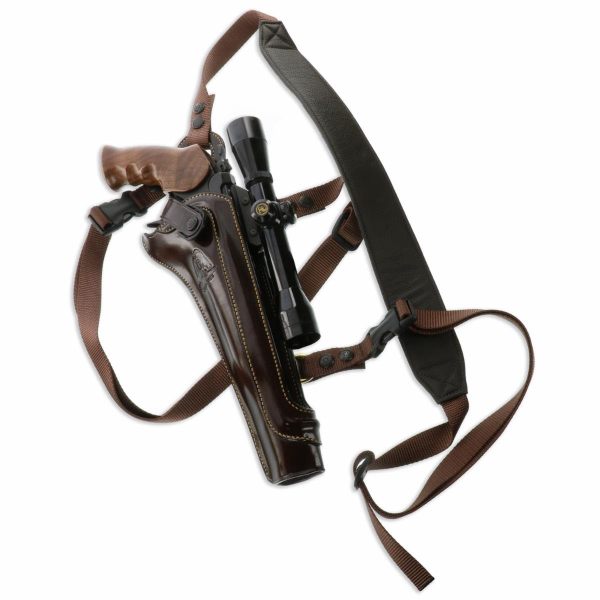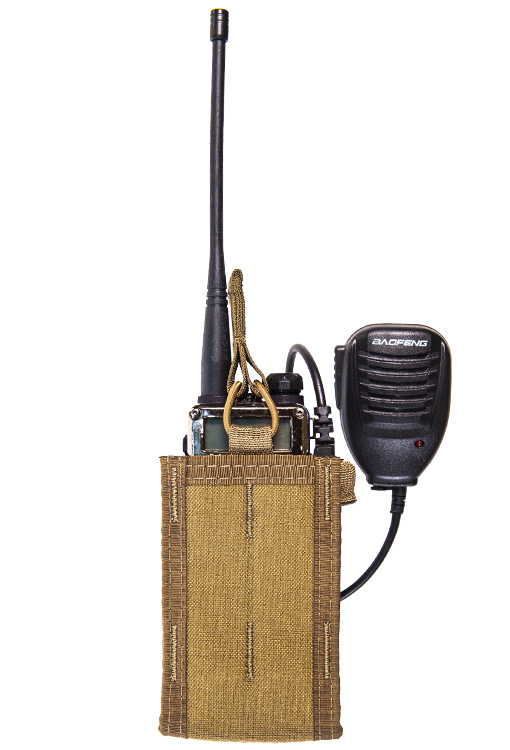Camping World Closing 27 Gander Mountains
Camping World CEO Marcus Lemonis has announced that twenty-seven former Gander Mountain retail stores will close by the end of January. Camping World spent $100 million buying outdoor retailers in 2017 and 2018, but sold many off in 2019 as the RV industry slowed down. Now, the company says it will maintain the Gander RV as a retail brand under the Camping World portfolio, but would strategically shift away from stores that cannot sell and service RVs. Restructuring costs are estimated at $56 million. The company’s three RV sales and/or service locations will operate under three names: Camping World, Gander RV and Outdoors, and Gander RV.


